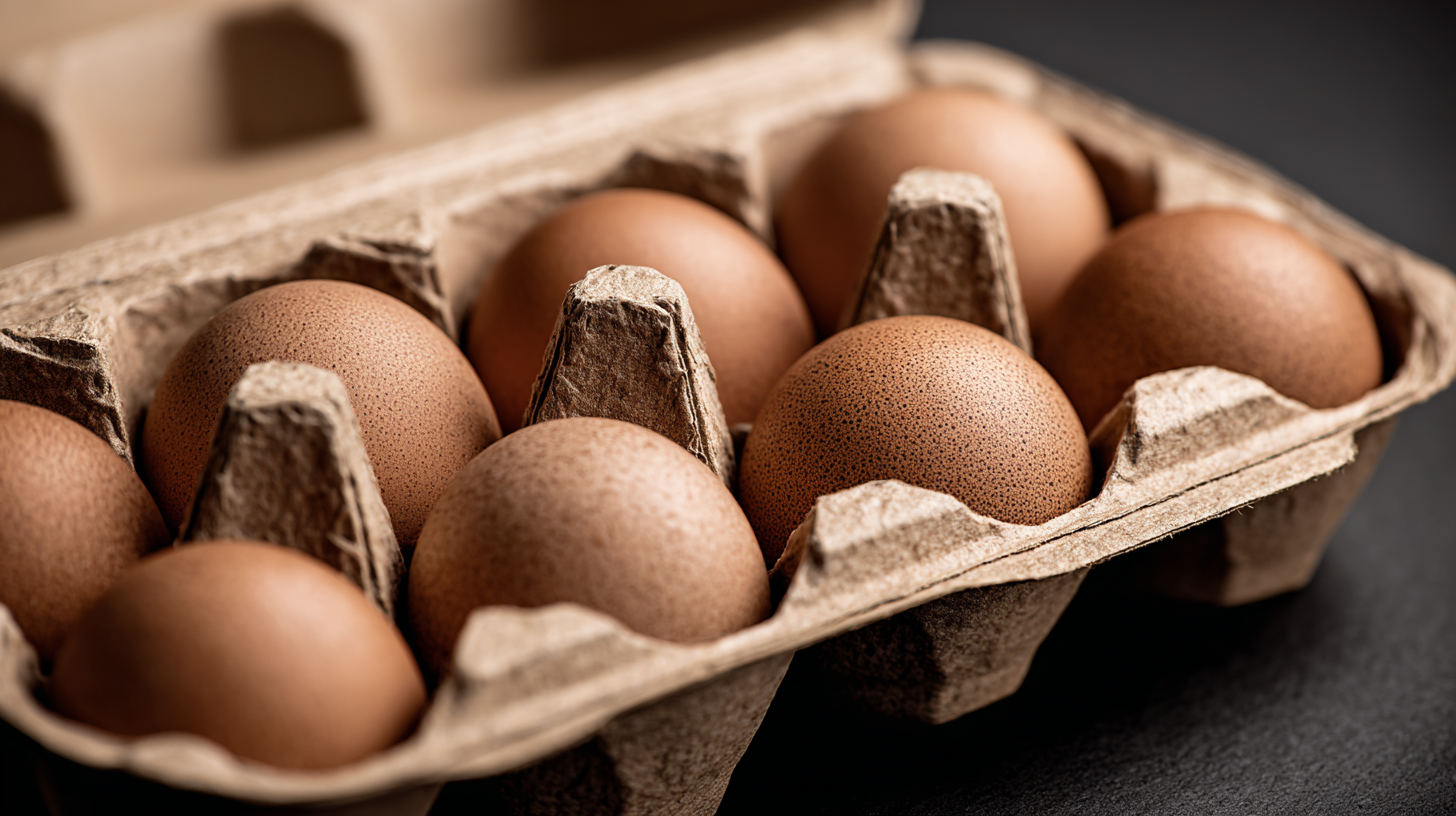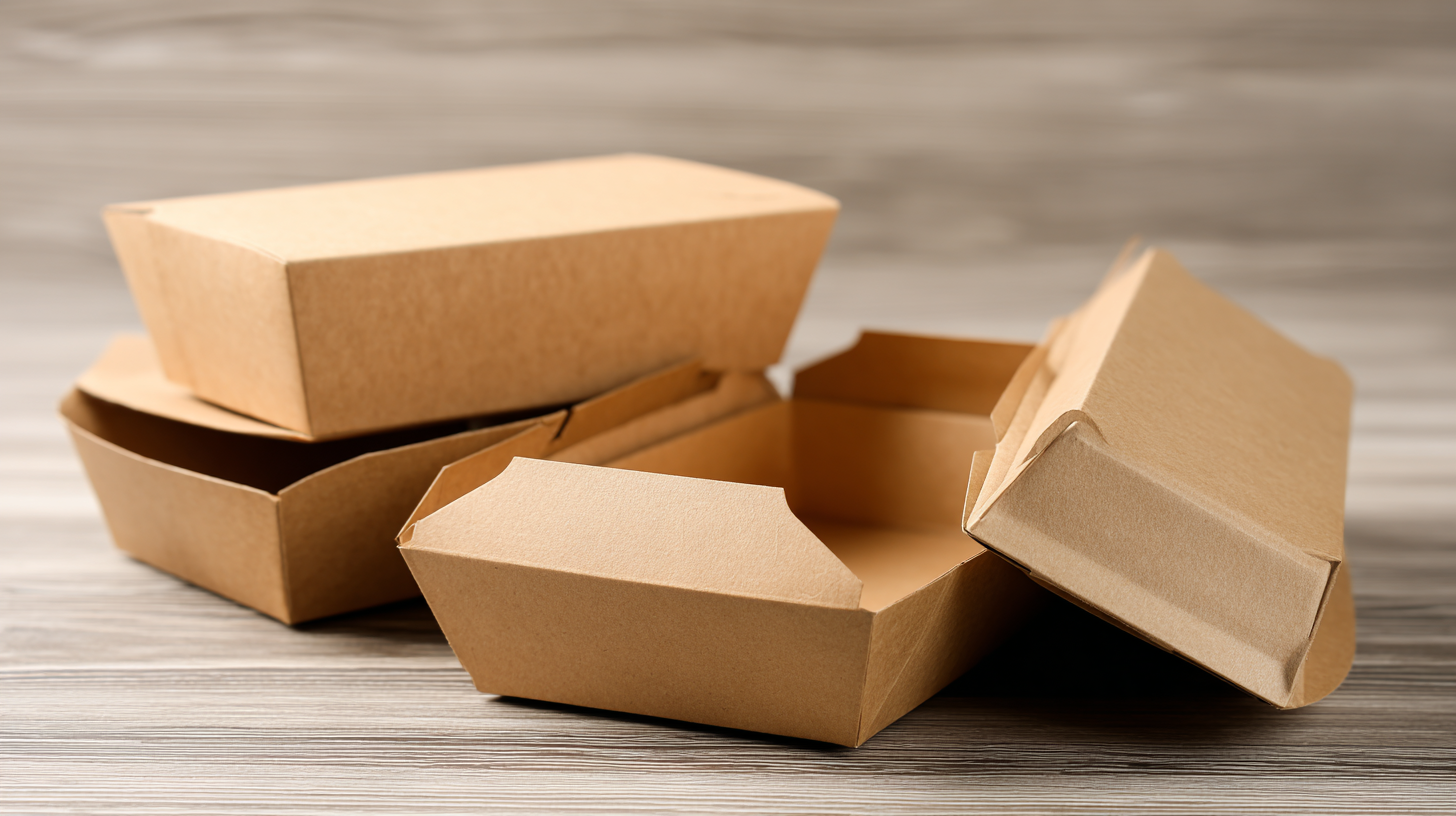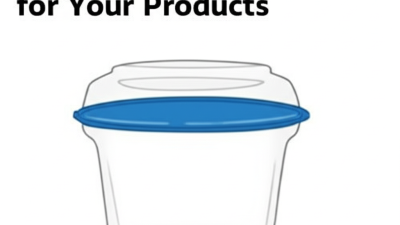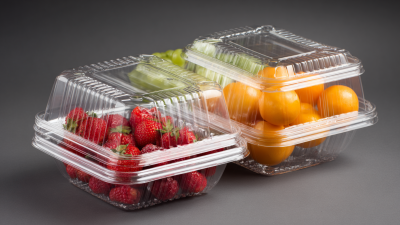2025 Guide: How to Choose the Best Stock Clamshell Packaging for Your Products
In the ever-evolving landscape of product packaging, choosing the right solution can significantly impact your brand's success and product longevity. As we approach 2025, businesses are increasingly recognizing the importance of stock clamshell packaging in delivering both protection and visibility for their products. This specialized type of packaging not only enhances shelf appeal but also offers the convenience that modern consumers demand. With a myriad of options available, it is essential for companies to understand how to select the best stock clamshell packaging that aligns with their unique product needs.

In this guide, we will explore the top factors to consider when choosing stock clamshell packaging, including material durability, design versatility, and environmental sustainability. By understanding these key elements, businesses can make informed decisions that not only protect their products but also resonate with their target audience.
Whether you are a seasoned retailer or a new entrepreneur, mastering the selection process for stock clamshell packaging will empower you to elevate your product presentation and enhance the customer experience in 2025 and beyond.
Key Factors to Consider When Selecting Stock Clamshell Packaging
When selecting stock clamshell packaging for your products, it is essential to consider several key factors that can influence both the functionality and aesthetics of your packaging. One major factor is the material used; choosing the right material ensures durability while maintaining an attractive presentation. Depending on your product type, you may need to select between options like PET, PVC, or recycled materials, each offering distinct advantages.
Another critical consideration is the design of the clamshell packaging. The shape and size should not only complement your product but also facilitate ease of use for the consumer. Think about how the clamshell opens, whether it provides proper visibility of the product, and if it protects that product effectively. Additionally, the packaging's compatibility with retail shelving can affect its marketability.
Tips:
1. Conduct a market analysis to understand current trends in clamshell packaging to ensure you are making an informed choice.
2. Test out different designs with sample products to determine which combination of material and design resonates best with your target audience.
3. Consider sustainability options; using eco-friendly materials can enhance your brand image and appeal to environmentally-conscious consumers.
Comparing Material Options for Durable Clamshell Packaging
When selecting the best stock clamshell packaging for your products, it's crucial to compare the different material options available in the market. Traditional plastic materials, such as polyethylene terephthalate (PET), polystyrene, and polypropylene, are popular due to their durability and versatility in design. However, with increasing environmental concerns, businesses are now exploring more sustainable alternatives.
One such option gaining traction is compostable clamshell packaging. Made from renewable resources, these materials break down naturally and do not leave harmful residues, making them an ideal choice for eco-conscious brands. As regulations surrounding plastic packaging tighten, investing in compostable or recyclable options can not only enhance brand reputation but also appeal to a growing consumer base that prioritizes sustainability. Evaluating the pros and cons of each material type will help ensure that your packaging aligns with both product needs and environmental considerations.
Understanding Size and Shape Requirements for Your Product
 When selecting clamshell packaging for your products, understanding the size and shape requirements is crucial. The primary goal is to ensure that the packaging complements the product it houses while providing protection and visibility. Start by measuring the dimensions of your product accurately—length, width, and height. Consider any additional space needed for edges or accessories that come with the product. This way, you can avoid a snug fit that might damage the product or a loose fit that could lead to unnecessary movement during transit.
When selecting clamshell packaging for your products, understanding the size and shape requirements is crucial. The primary goal is to ensure that the packaging complements the product it houses while providing protection and visibility. Start by measuring the dimensions of your product accurately—length, width, and height. Consider any additional space needed for edges or accessories that come with the product. This way, you can avoid a snug fit that might damage the product or a loose fit that could lead to unnecessary movement during transit.
Moreover, the shape of your product plays a significant role in determining the right clamshell packaging. Items with unique contours or non-standard shapes may require custom molds to ensure a perfect fit. Evaluate whether your product needs a packaging design that highlights its features or protects specific components. Clamshell designs can vary from simple to complex, depending on how well they need to accommodate your product's shape. By focusing on size and shape from the outset, you can enhance the overall presentation and functionality of your packaging, ensuring that it meets both aesthetic and practical needs.
Customization Options: Branding and Design in Clamshell Packaging
When selecting clamshell packaging for your products, customization options play a pivotal role in branding and design. A well-designed clamshell not only serves as a protective enclosure but also reflects your brand’s identity. Custom printing, color choices, and die-cut shapes can transform standard packaging into an eye-catching display that draws consumers' attention. Companies should consider their target audience when designing packaging; vibrant colors and unique shapes might attract younger consumers, while elegant designs could appeal to a more mature market.
Additionally, incorporating brand elements like logos, taglines, and even QR codes can enhance customer engagement. By utilizing high-quality graphics and strategic placements of branding features, clamshell packaging becomes a powerful marketing tool. Businesses can also choose eco-friendly materials to resonate with environmentally conscious customers, further enhancing brand loyalty. Ultimately, the right customization options not only elevate product visibility but also foster a strong brand connection, setting your products apart in a competitive market.
Cost Analysis: Balancing Quality and Affordability in Packaging Choices
When choosing the best stock clamshell packaging for your products, striking the right balance between quality and affordability is crucial. As the market for packaging continues to grow, especially in regions like Western Europe, businesses must meticulously analyze costs associated with different packaging options. Higher-quality materials may enhance product safety and appeal, but they also come with increased costs. Crafting a robust cost analysis can illuminate the best path forward, ensuring that you invest wisely without compromising your brand’s integrity.
Tips: Always consider the total cost of ownership for your packaging solutions. This includes not just the initial purchase price, but also potential costs related to transportation, storage, and assembly. Additionally, opt for packaging that aligns with your sustainability goals—consumers are increasingly drawn to eco-friendly packaging, which can justify a higher upfront investment if it resonates with your target audience.
Furthermore, perform a thorough market comparison. By analyzing different suppliers, materials, and designs, you can identify the most cost-effective clamshell packaging solutions without sacrificing quality. This diligence can lead to not only better financial outcomes but also enhanced customer satisfaction as your products stand out on the shelves.

Related Posts
-

How to Choose the Right Clear Clamshell Packaging for Your Products
-

Exploring Market Trends for Stock Clamshells at the 138th Canton Fair in 2025
-

Maximize Freshness and Convenience with Innovative Bulk Clamshell Packaging Solutions
-

Essential Checklist for Choosing the Right Plastic Clamshells for Your Products
-

Essential Guide to Choosing the Right Stock Clamshell Packaging for Global Markets
-

Ultimate Guide to Mastering Clam Packaging for Global Buyers
